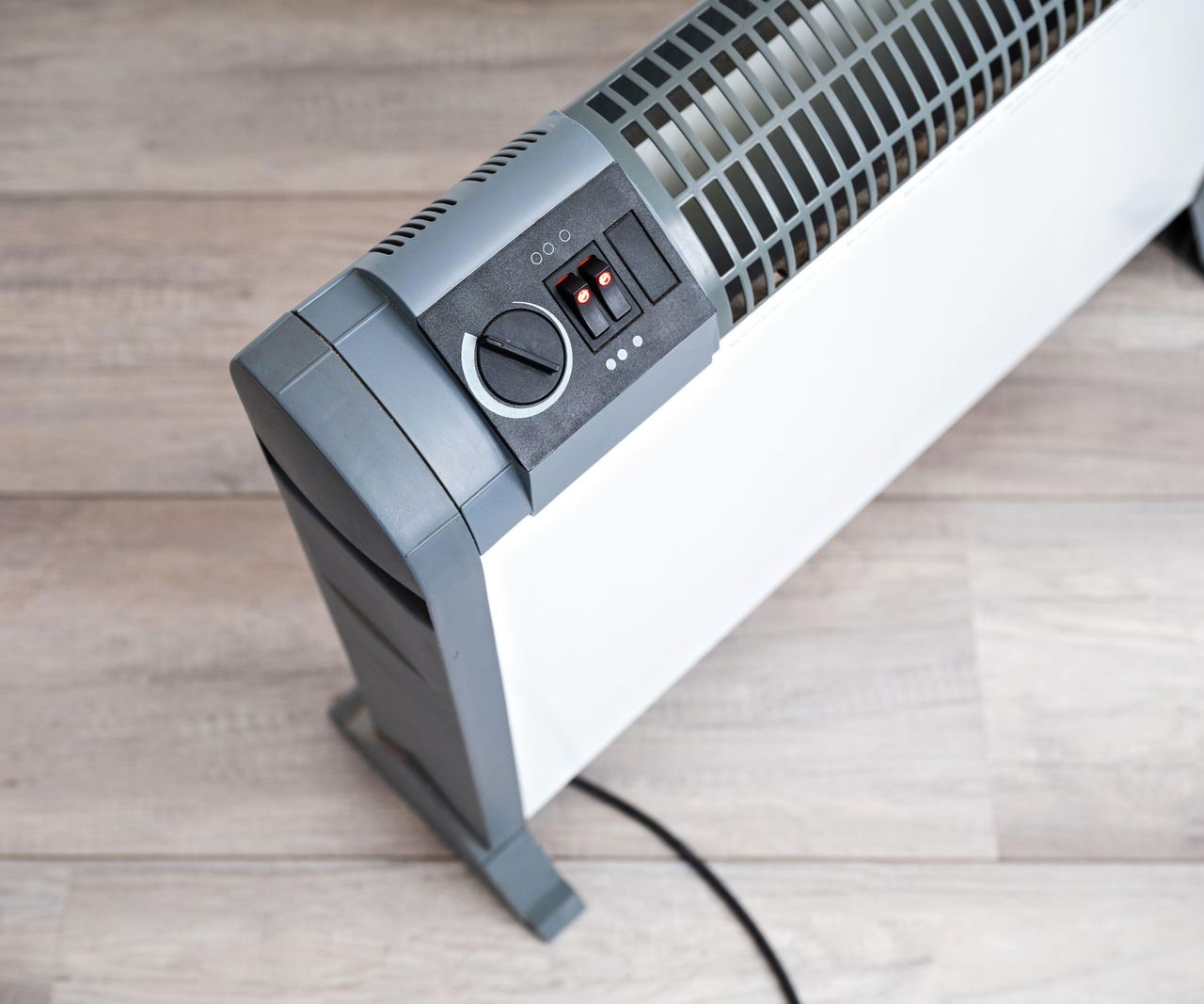Some Known Details About 1 Source Portable Air
Some Known Details About 1 Source Portable Air
Blog Article
Some Ideas on 1 Source Portable Air You Should Know
Table of ContentsExcitement About 1 Source Portable AirRumored Buzz on 1 Source Portable AirSome Known Details About 1 Source Portable Air Some Known Incorrect Statements About 1 Source Portable Air The smart Trick of 1 Source Portable Air That Nobody is Talking About
Running prices are based upon an electricity price of 40c/kWh. The costs for 3 months' use in wintertime are based on 500 hours utilize, or approximately 6 hours per day for 3 months. Maximum warmth outcome is based upon the maximum wattage of the models we have actually evaluated (we focus on greater wattage heating systems).
This relies on what expense you're checking out upfront acquisition, or running cost? Customarily, there are trade-offs with either selection. Typically, tiny follower heaters are more economical to get, but can have greater running expenses. Oil column heaters will certainly be the most inexpensive on the market to run (generally) but only by a narrow margin ahead of convection heating systems (like panel and micathermic panels).
1 Source Portable Air Fundamentals Explained
If you have a reversible ceiling fan, it'll help distribute the warm around the room much more evenly. A number of pricey heating systems have actually failed to excite our testers, while some cheaper models make for remarkably great buys.
As the name suggests, they emit warm from a heated home heating element (so the family members will have to take turns sitting in front of it). Glowing heating systems are reasonably cost-effective.
Radiant heating systems generally cost in between $20 and $200. Oil-filled column heaters don't really burn oil they utilize electricity to heat up the oil that's secured inside their columns or 'fins'.
1 Source Portable Air - Truths
Some column heaters aren't also oil-filled however rather make use of various other product or home heating modern technology to function the same way - 1 Source Portable Air. The risk of fire with an oil column heater is low compared to various other heating system kinds, yet never ever zero. Oil heaters do not have actually revealed components like glowing heating units do, and their surface temperature is less than lots of other heating unit types (their large surface makes up for it)
Oil column Clicking Here heating systems will not blow up, and while they don't burn their oil to generate warmth, it's explanation still combustible, so there is a fire threat if the oil leakages, if the heating unit ideas over and leaks, or if flammable things or fabric enter get in touch with or drop on the heating unit. You ought to work out the very same level of care with oil heating units as for various other heater kinds, and never ever hang towels or clothing over one to completely dry them utilize a drying out rack instead, at the very least one metre away.
Column heaters are especially useful in rooms where they'll be activated for extended periods of time or where they'll run unattended, such as over night in a room. The surfaces you're most likely to discuss a column heater don't get as hot as various other types of electric heating units. You can make use of a ceiling fan on really reduced speed to aid the column heating unit to disperse the heat faster and more uniformly.
Oil-filled column heating units usually cost in between $50 and $450. Convection and panel heating systems draw cold air over an electric heating aspect.
1 Source Portable Air - Questions

Convection and panel heating systems are extra portable than their oil-filled column heater equivalents since they're substantially lighter. Like a column heating unit, you can use a ceiling follower on extremely low rate to distribute the heat much faster and much more evenly.

The Ultimate Guide To 1 Source Portable Air
Follower heating units are frequently smaller sized and more mobile than other electrical heaters. They additionally come in the kind of tower fan heating units, which can be much better for dispersing warmth around larger rooms because of their taller profile. They can warm the air in a room a lot more quickly, evenly and swiftly than some various other heating unit kinds.
Fan heaters (ceramic or otherwise) generally expense between $60 and $900. Ceramic fan heating units aren't always any kind of various in rate to non-ceramic versions.
Report this page